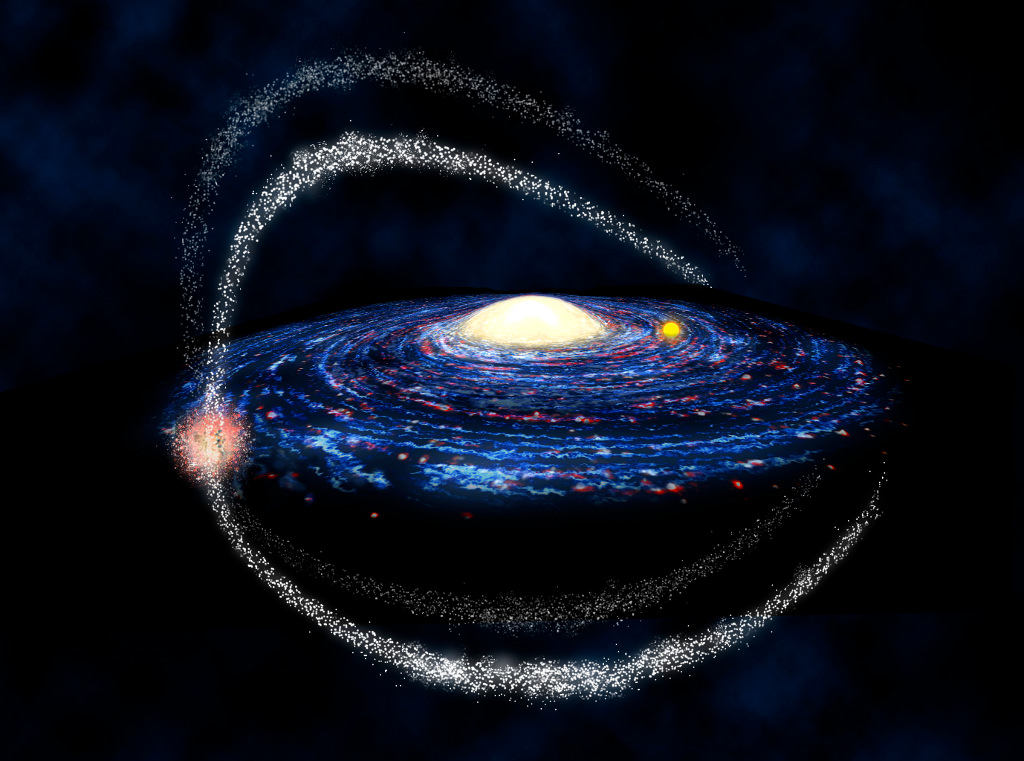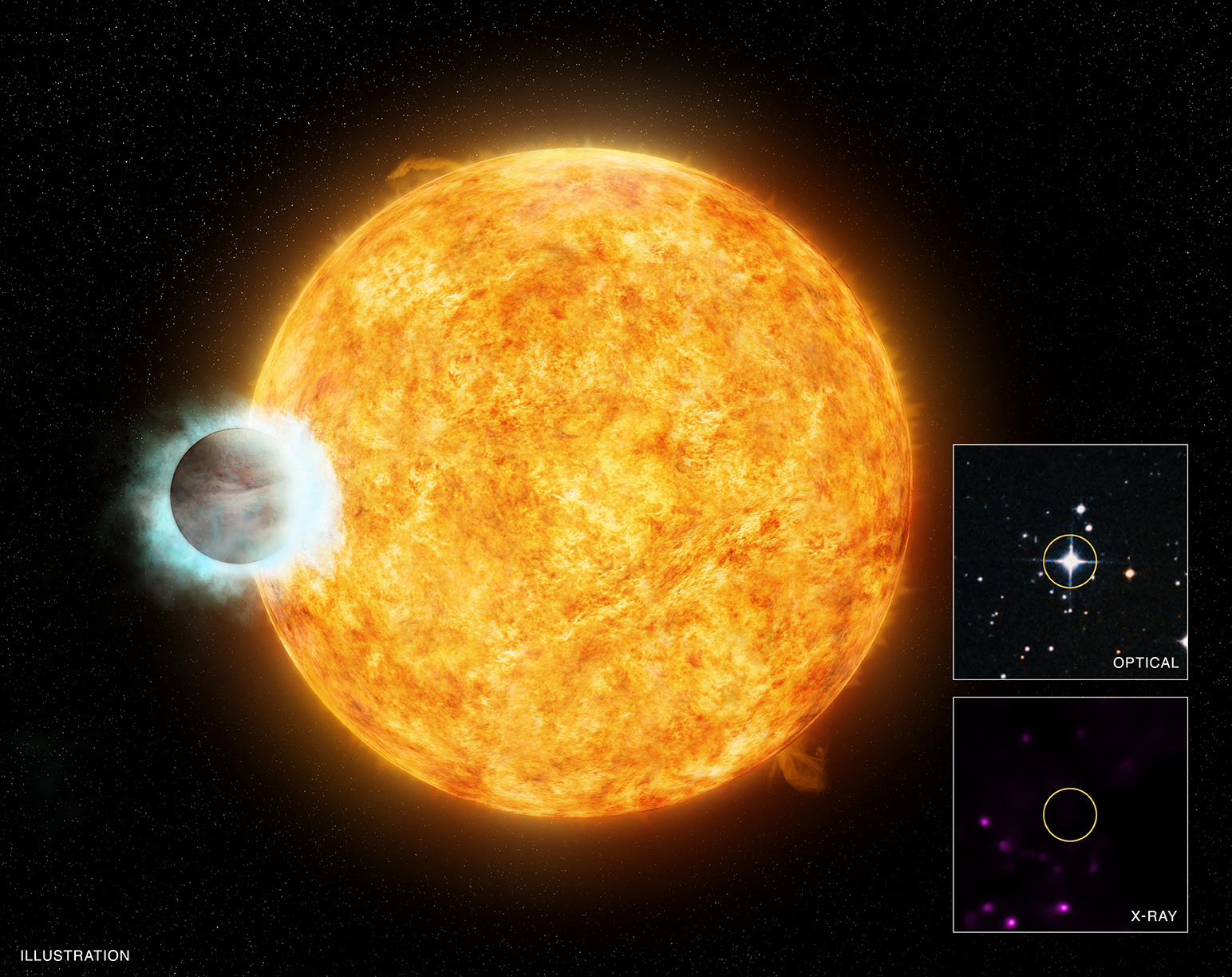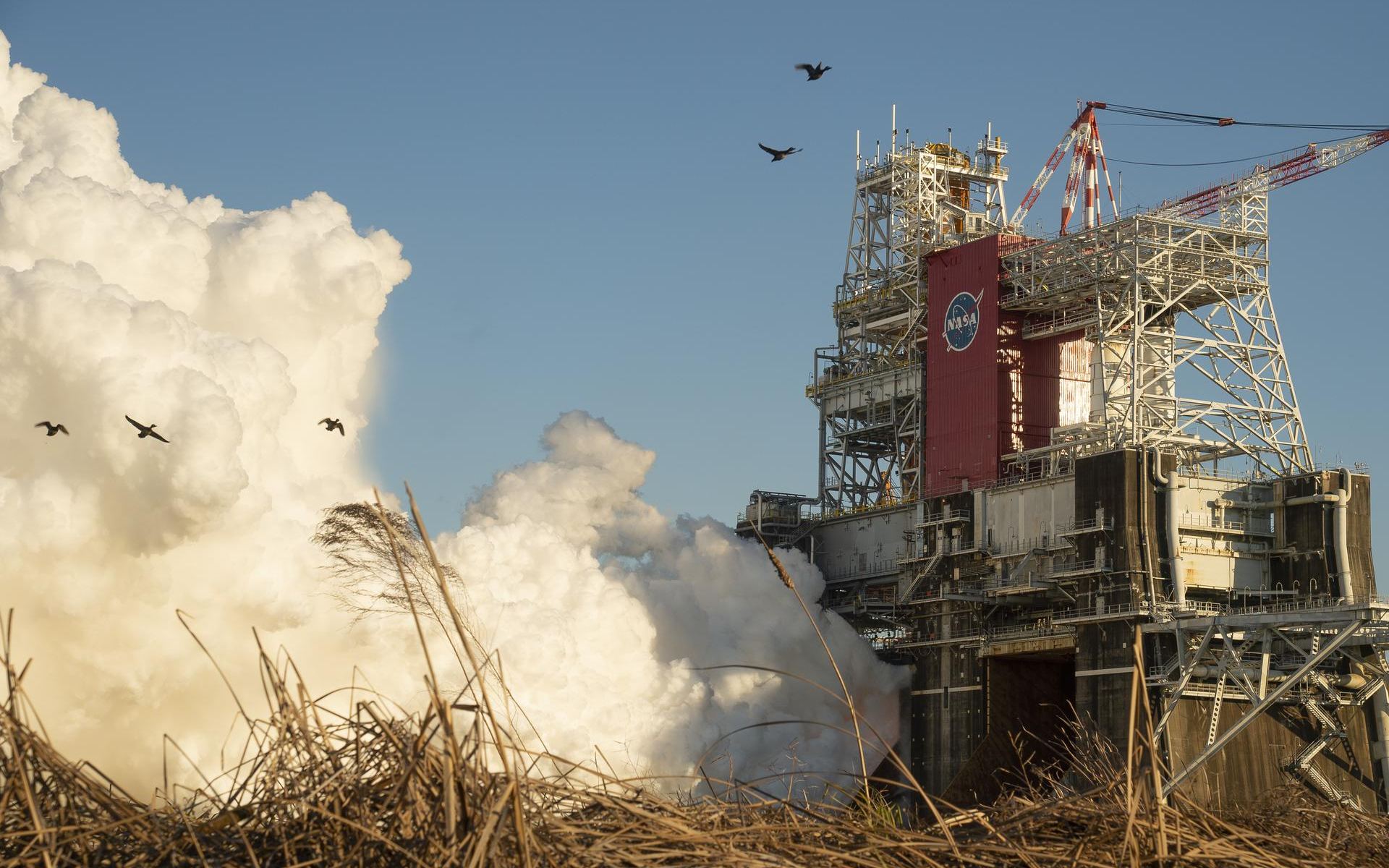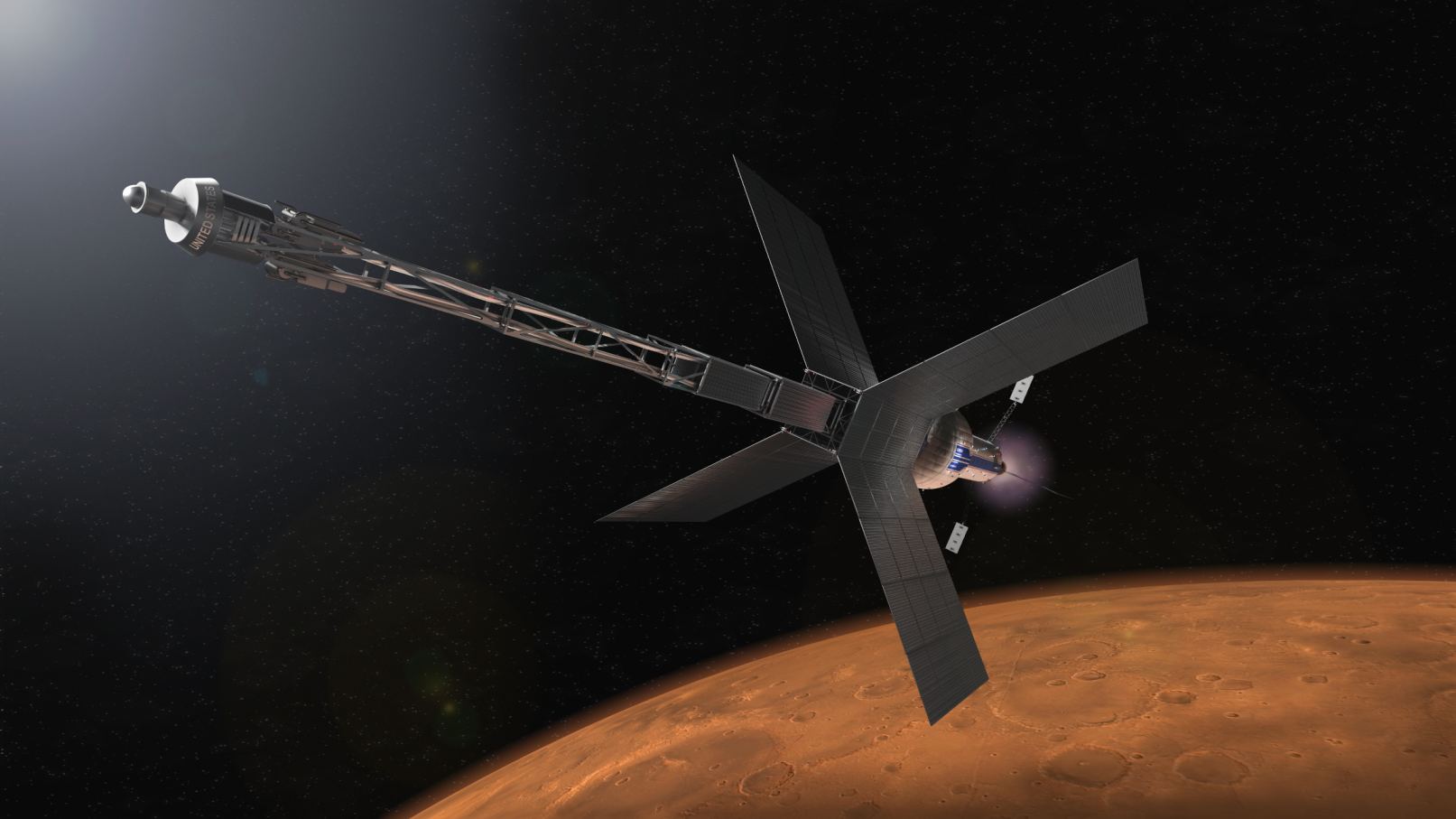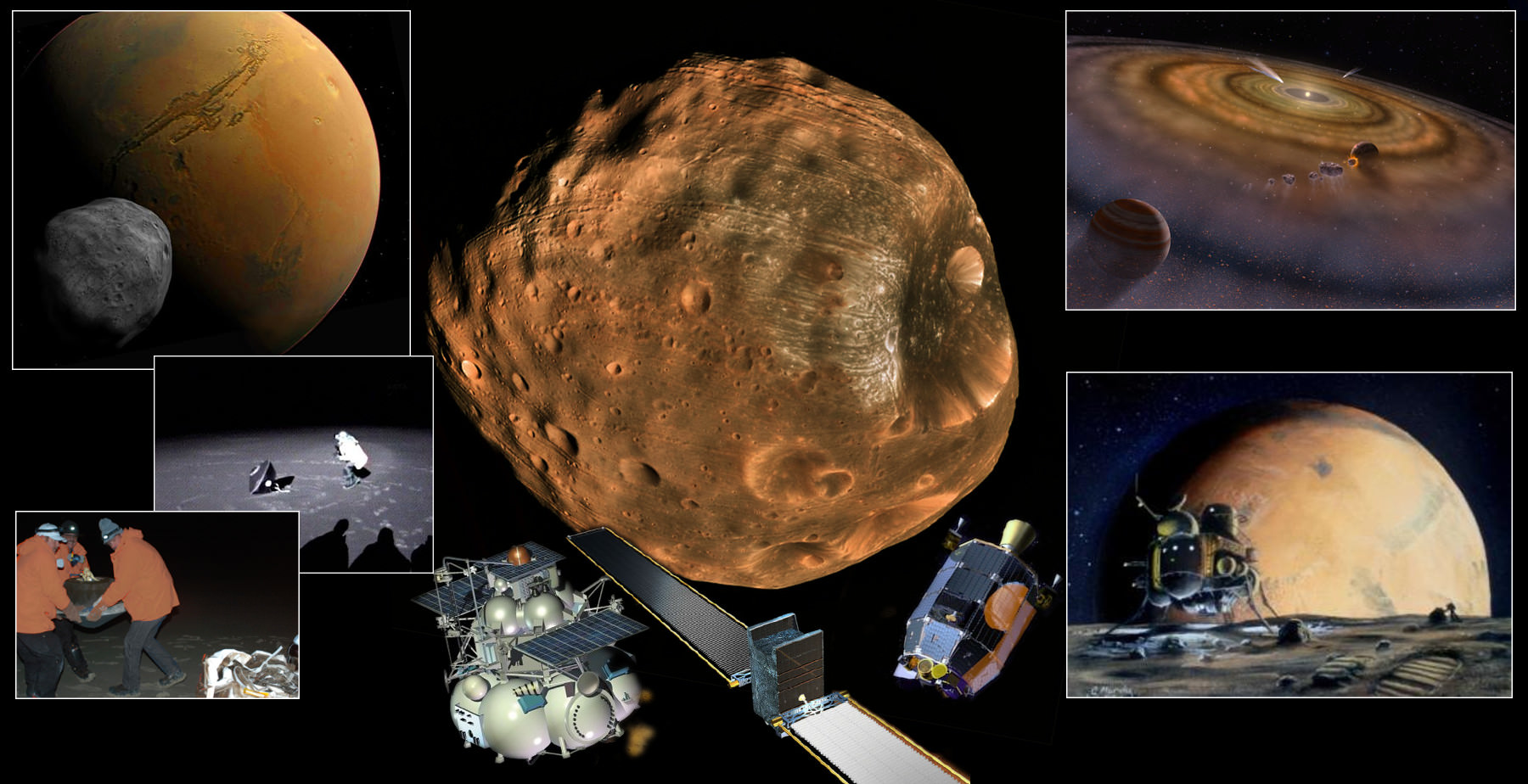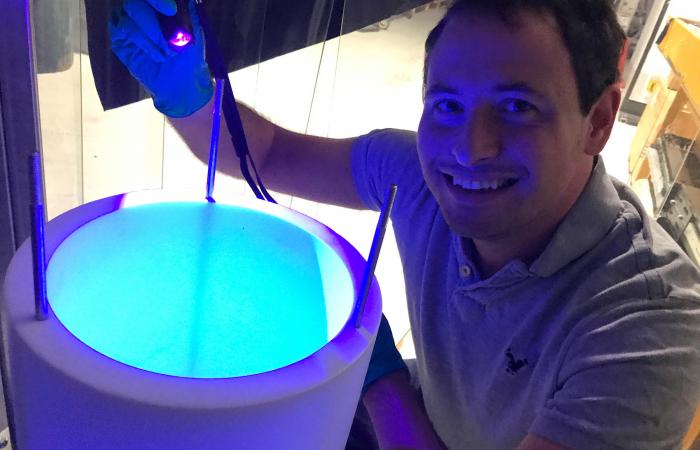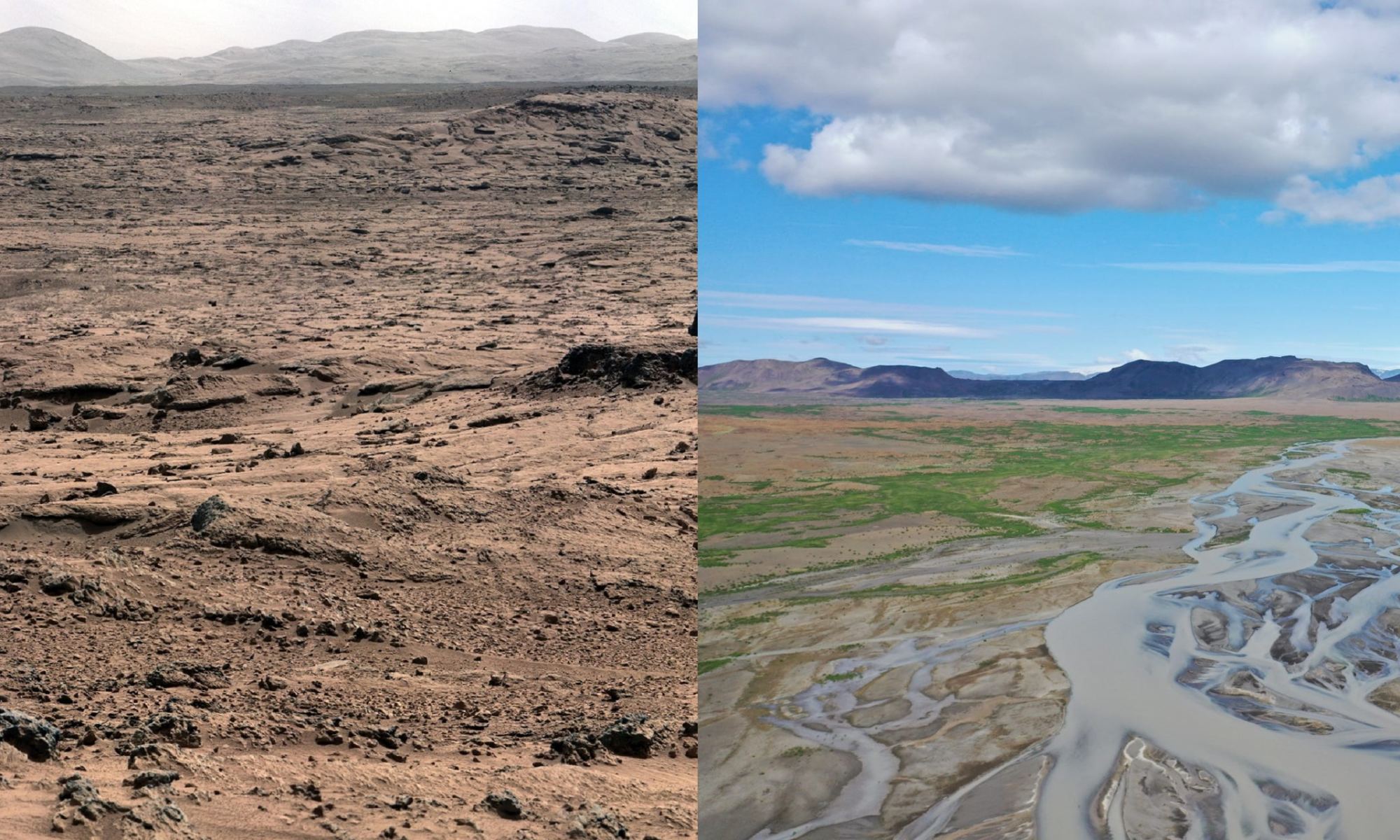Around the Milky Way, there are literally dozens of dwarf galaxies that continue to be slowly absorbed into our own. These galaxies are a major source of interest for astronomers because they can teach us a great deal about cosmic evolution, like how smaller galaxies merged over time to create larger structures. Since they are thought to be relics of the very first galaxies in the Universe, they are also akin to “galactic fossils.”
Recently, a team of astrophysicists from the Massachusetts Institute of Technology (MIT) observed one of the most ancient of these galaxies (Tucana II) and noticed something unexpected. At the edge of the galaxy, they observed stars in a configuration that suggest that Tucana II has an extended Dark Matter halo. These findings imply that the most ancient galaxies in the Universe had more Dark Matter than previously thought.
Continue reading “Nearby Ancient Dwarf Galaxies Have a Surprising Amount of Dark Matter”
